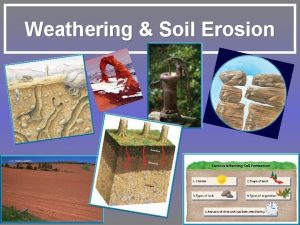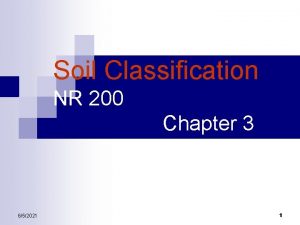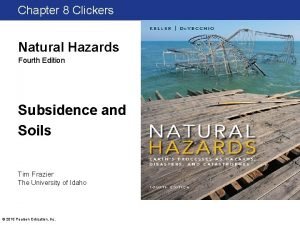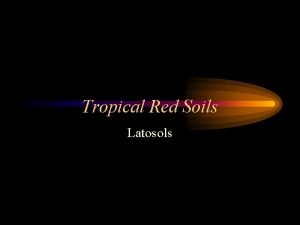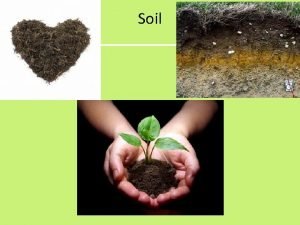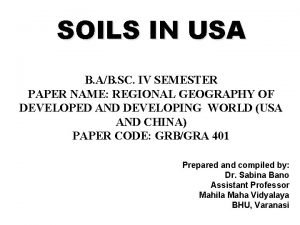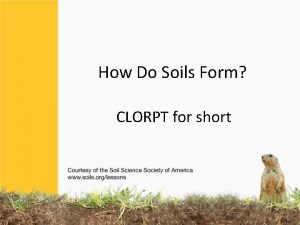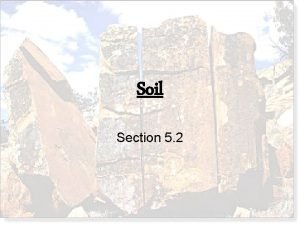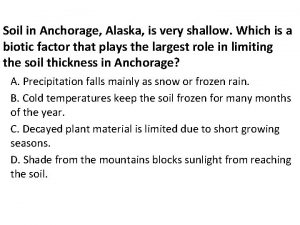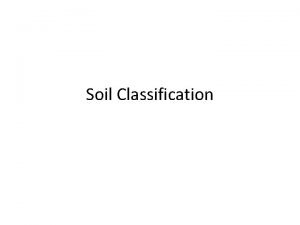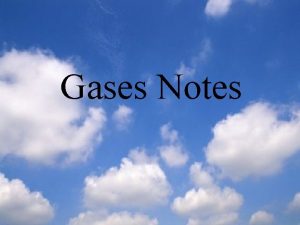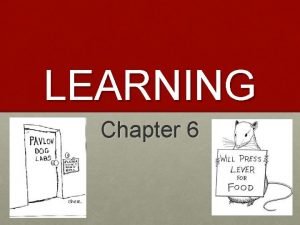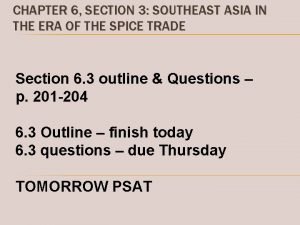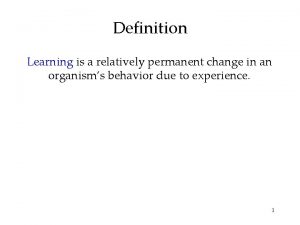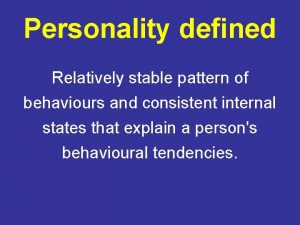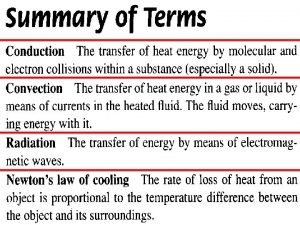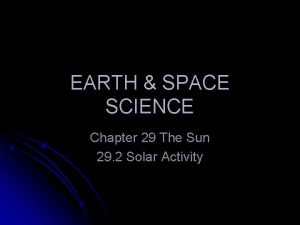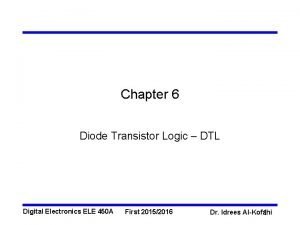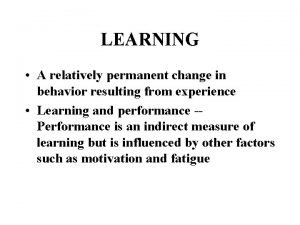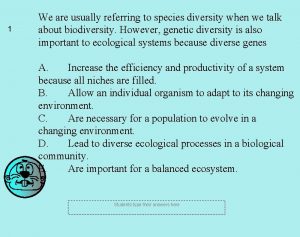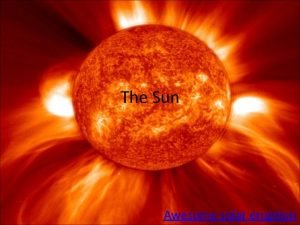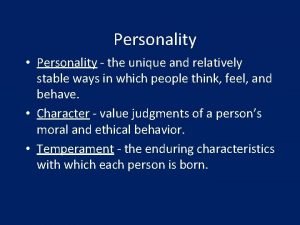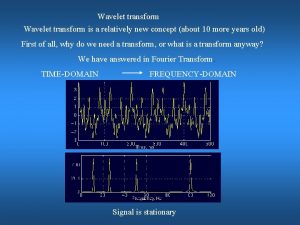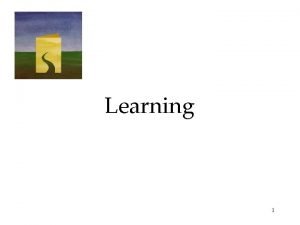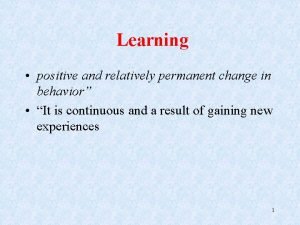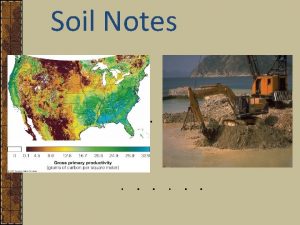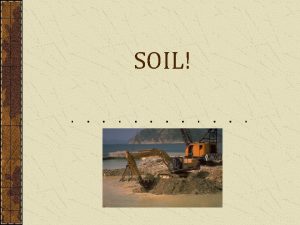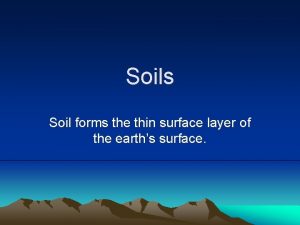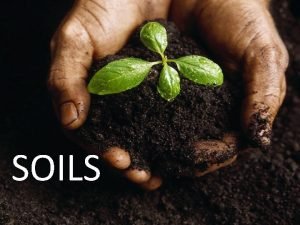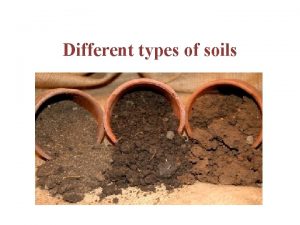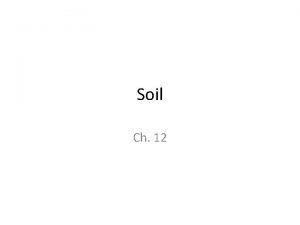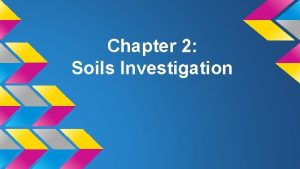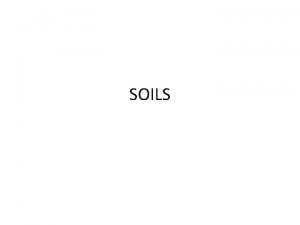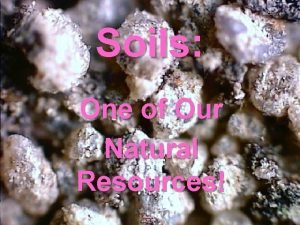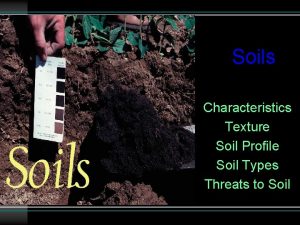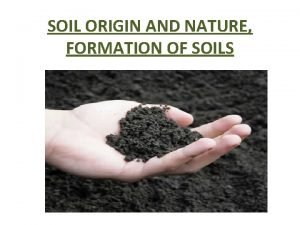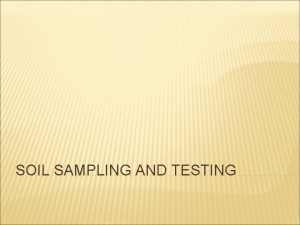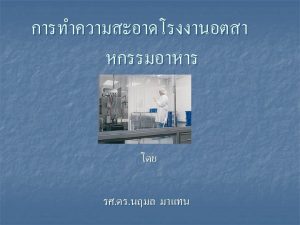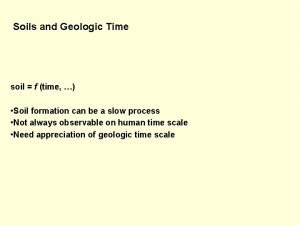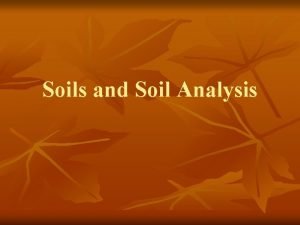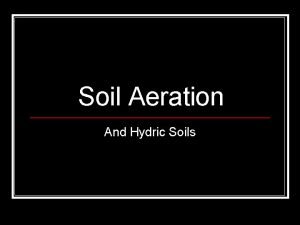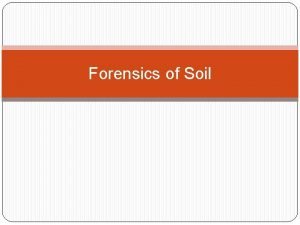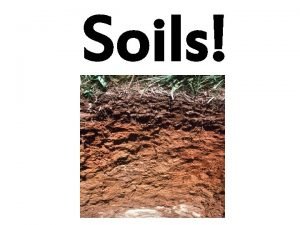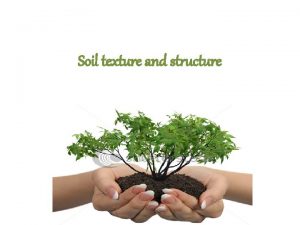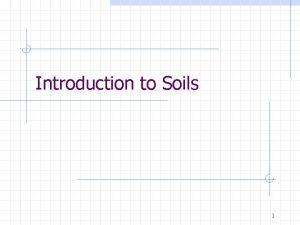SOILS What is soil Soil relatively thin surface









































- Slides: 41

SOILS

What is soil? • Soil – relatively thin surface layer of the Earth’s crust consisting of mineral and organic matter

Soil Composition • Soil is composed of 4 distinct parts:

Importance of Soil • Organisms inhabit the soil & depend on it for shelter, food, & water. • Plants anchor themselves into the soil, and get their nutrients and water. • Humans need plants and, therefore, need soil.

Soil is a renewable resource • Soil is a slowly renewed resource • Soil formation begins when bedrock is broken down by________. • _______(soils that have developed over a long time) are arranged in a series of horizontal layers called ________

Soil Formation • Soils form from parent material • Parent material (rock) is slowly broken down into smaller particles by biological, chemical, and physical weathering. • It takes a long time to form soil. – Example: To form 2. 5 cm (1 in. ) it may take from 200 -1000 years.

Physical Weathering • Physical breakdown by wind, water, ice, etc.


Chemical Weathering • Chemicals interact with rock and break it down. • Example:


Biological Weathering • Parent material is broken down by tree roots or lichens. • Lichens play a big role in primary succession.

Soil Properties: Texture • The percentages (by weight) of different sized particles of sand, silt and clay that it contains.

Soil Properties: Texture, Cont. • Grain Size – 0. 05 to 2 mm = sand (the largest soil particles) – 0. 002 to 0. 05 mm = silt (about the size of flour) – <. 002 mm = clay (only seen under and electronic microscope)

Soil Properties: Texture, Cont. • To tell the difference in soil, take the soil, moisten it, and rub it between your fingers and thumb. – Gritty: – Sticky: – Smooth:

Soil Structure • How soil particles are organized and clumped together. – Sand – Silt – Clay



Porosity • A measure of the volume of soil and the average distances between the spaces.

Permeability • The rate at which water and air moves from upper to lower soil layers. • The Distances between those spaces.


Variability • Soils (Sand, Silt, & Clay) vary in – the size of the particles they contain – the amount of space between these particles – how rapidly water flows through them.




Big spaces, not a lot of them LESS surface area AL U EQ SITY O R PO Little spaces but lots of them GREATER surface area IMPORTANT TO REMEMBER The size of the rock particle DOES NOT change the porosity!

1 st trial: look at red yellow green only Demo #1 Which size held the most water?






Which one drains the fastest? Permeability! Which one is the fastest?

Slope • Steep slopes often have little or no soil on them because of gravity. • Runoff from precipitation tends to erode the slope also.

Depth • Some soils are very shallow. It can be only two inches of soil and then you hit rock. Other areas can have soil 36 inches deep or more.


Color • Dark soil is rich with lots of organic matter. • Light soil (like sand) is not so rich with very little organic matter.

Soil Horizons

Mosaic of closely packed pebbles, boulders Weak humusmineral mixture Desert Soil (hot, dry climate) Dry, brown to reddish-brown with variable accumulations of clay, calcium and carbonate, and soluble salts Alkaline, dark, and rich in humus Clay, calcium compounds Grassland Soil (semiarid climate) Fig. 3 -24 a, p. 69

Acidic light-colored humus Iron and aluminum compounds mixed with clay Tropical Rain Forest Soil (humid, tropical climate) Fig. 3 -24 b, p. 69

Forest litter leaf mold Humus-mineral mixture Light, grayishbrown, silt loam Dark brown firm clay Deciduous Forest Soil (humid, mild climate) Fig. 3 -24 b, p. 69

Acid litter and humus Light-colored and acidic Humus and iron and aluminum compounds Coniferous Forest Soil (humid, cold climate) Fig. 3 -24 b, p. 69
 The rate of weathering depends upon the area's ____
The rate of weathering depends upon the area's ____ A nation that destroys its soils
A nation that destroys its soils Aridisols are soils characteristically found in _______.
Aridisols are soils characteristically found in _______. How does the study of soils help evaluate natural hazards?
How does the study of soils help evaluate natural hazards? Latosol soil
Latosol soil Forensics
Forensics Continuous tubular rails
Continuous tubular rails Four components of soil
Four components of soil Soils alive
Soils alive Pedalfers
Pedalfers Ciorpt
Ciorpt Which is not true of laterite soils
Which is not true of laterite soils The finest-grained soils are richest in
The finest-grained soils are richest in Soil taxonomy definition
Soil taxonomy definition Four major spheres of the earth
Four major spheres of the earth Living soil vs dead soil
Living soil vs dead soil What is p in lateral surface area
What is p in lateral surface area High surface tension vs low surface tension
High surface tension vs low surface tension Curved surface area and total surface area of cone
Curved surface area and total surface area of cone Learning is relatively permanent change
Learning is relatively permanent change Gas particles are separated by relatively large distances
Gas particles are separated by relatively large distances Is the systematic relatively permanent
Is the systematic relatively permanent In 1500 mainland southeast asia was a relatively
In 1500 mainland southeast asia was a relatively Learning is permanent
Learning is permanent Id is based on moral values
Id is based on moral values Stable pattern
Stable pattern Objects that radiate relatively well
Objects that radiate relatively well Remedial teaching activities
Remedial teaching activities A loop of relatively cool incandescent gas
A loop of relatively cool incandescent gas Dtl electronics
Dtl electronics Relatively permanent change in behavior
Relatively permanent change in behavior We are usually referring to species diversity
We are usually referring to species diversity The sun converts matter into energy in what zone
The sun converts matter into energy in what zone The relatively permanent and limitless storehouse
The relatively permanent and limitless storehouse Floors should be relatively smooth and non-absorbent.
Floors should be relatively smooth and non-absorbent. Anal stage psychology definition
Anal stage psychology definition Any relatively permanent change in behavior
Any relatively permanent change in behavior A relatively permanent change of behavior is called
A relatively permanent change of behavior is called Relatively new concept
Relatively new concept Relatively permanent change meaning
Relatively permanent change meaning Relatively permanent
Relatively permanent Maintenance of a relatively stable internal environment
Maintenance of a relatively stable internal environment
